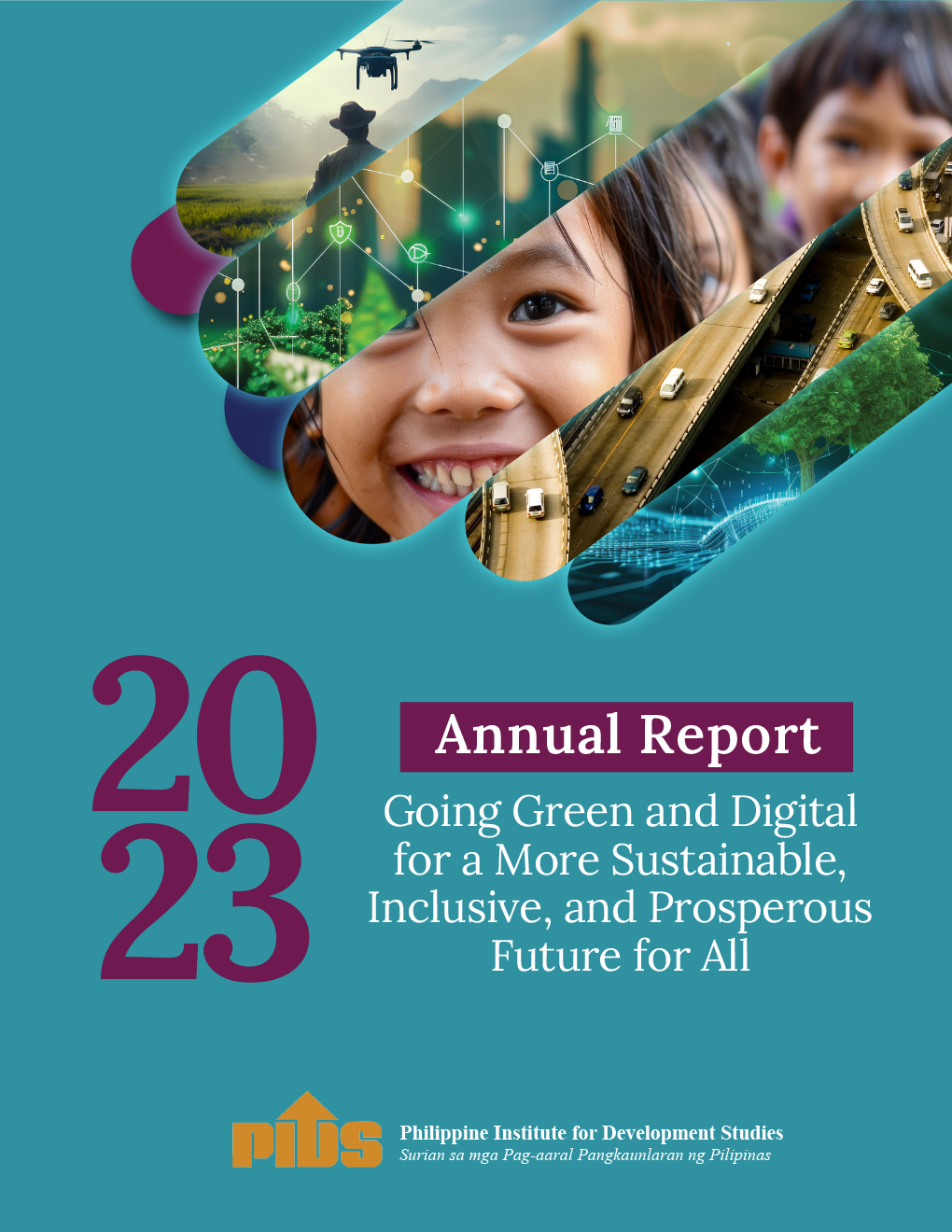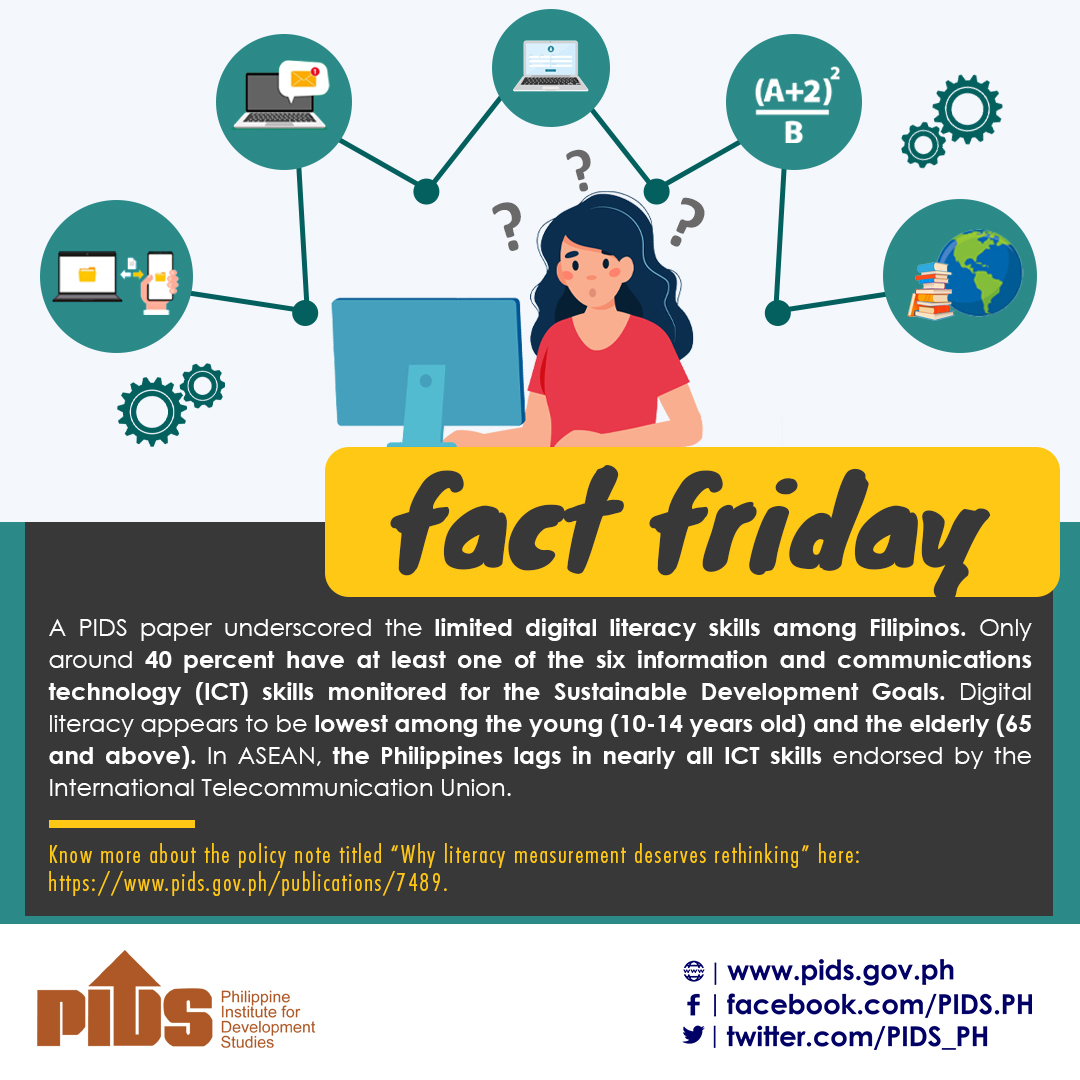April 15, 2020 – More than 8 million Filipinos may be potentially infected by the coronavirus by August when the outbreak reached its peak even after the Luzon-wide enhanced community quarantine was extended to slow the pandemic’s spread, based on projections made by government think tank early this month.
The Philippine Institute for Development Studies (PIDS) study also projected the economy may lose about 276.3 billion pesos due to the coronavirus disease 2019 (COVID-19) under the best-case scenario and about 2.5 trillion pesos under a worst case scenario if the country will not implement any intervention of a lock down.
About 150 billion pesos will be also lost in foregone economic opportunities if the government will extend the “stay-at-home” order for at least a month. The initial quarantine period was due to end this week but it was extended until April 30, or for a period of more than two weeks.
“Without intervention, the peak of the COVID-19 outbreak in the Philippines would occur in the month of August 2020 with approximately 18 percent of the whole 108 million Philippine population, or 18.9 million infected with COVID-19,” the study said.
“Under ECQ or ECQ extensions, following current conditions, like a 6 days on average time to testing and isolation, the peak of the outbreak is both delayed by the same amount of time as the ECQ duration and the number of cases at peak is reduced by 44 percent to 8.5 million compared to without any intervention.”
Under a best-case scenario if the government will be able to isolate 70 percent of symptomatic cases, even with the partial lifting of ECQ, the number of infected cases on the peak day will be drastically reduced to only 900,000 cases with the peak predicted to occur much later in May or June 2021.
The study has five scenarios, including a possible partial lifting of the enhanced community quarantine.
“Extending the ECQ without other mitigation measures merely delays the progression of the outbreak and still results in a large number of cases,” the PIDS study said.
“Aggressive efforts to implement early testing and, more importantly, earlier isolation of the majority of symptomatic cases to prevent them from infecting other susceptible individuals will be crucial to suppress the outbreak.”
Based on a certain disease transmission model, the study projected that “aggressive efforts in the post-ECQ period to isolate at least 70% of infectious cases through better contact tracing, social distancing, individual or household isolation, and reduced delays in time to seek care for symptomatic cases are necessary to suppress the outbreak”.
Otherwise, lifting the ECQ but maintaining current conditions of delayed time to seek care for symptomatic cases merely delays the progression of the outbreak but still results in around 8 percent of the population infected.
The study was made during the first week of April, before President Rodrigo Duterte extended the lock down until April 30. Based on available data from the health department, about 64 percent of the people who contracted the disease are between the ages of 45 and above 65 years old.
More men are getting sick than women and the fatality rate is higher for elderly men, especially those with severe and critical conditions. More than 60 percent of confirmed COVID-19 cases are from the capital region and a large number did not have travel history.
Based on the study, under a scenario no improvements were made in the ability to isolate symptomatic cases post-ECQ, the country’s health system would require a 1.51 million beds, 456.000 ICU beds, 246,000 ventilators, 727,000 doctors, about a million nurses, 91,000 medical specialists, and 36 million PPE sets on the peak day of the outbreak in August 2020.
The COVID-19 epidemic is expected to affect not only the country’s health system, but also the economy.
Projections based on a Leontief input-output model suggested the Philippine economy may lose between 276.3 billion pesos and 2.5 trillion pesos due to COVID-19.
The transport, storage, and communication sector is expected to suffer substantial losses because of expected declines in tourism worth 11.7 to 124.3-billion pesos.
Other services losses will amount to 41.5 to 356.9 billion pesos, manufacturing 82.1 to 855.2-billion pesos, and wholesale and retail trade 93.2 to 724.8 billion pesos are projected to be substantially negatively affected by weaker global and domestic demand.
The Philippine Institute for Development Studies (PIDS) study also projected the economy may lose about 276.3 billion pesos due to the coronavirus disease 2019 (COVID-19) under the best-case scenario and about 2.5 trillion pesos under a worst case scenario if the country will not implement any intervention of a lock down.
About 150 billion pesos will be also lost in foregone economic opportunities if the government will extend the “stay-at-home” order for at least a month. The initial quarantine period was due to end this week but it was extended until April 30, or for a period of more than two weeks.
“Without intervention, the peak of the COVID-19 outbreak in the Philippines would occur in the month of August 2020 with approximately 18 percent of the whole 108 million Philippine population, or 18.9 million infected with COVID-19,” the study said.
“Under ECQ or ECQ extensions, following current conditions, like a 6 days on average time to testing and isolation, the peak of the outbreak is both delayed by the same amount of time as the ECQ duration and the number of cases at peak is reduced by 44 percent to 8.5 million compared to without any intervention.”
Under a best-case scenario if the government will be able to isolate 70 percent of symptomatic cases, even with the partial lifting of ECQ, the number of infected cases on the peak day will be drastically reduced to only 900,000 cases with the peak predicted to occur much later in May or June 2021.
The study has five scenarios, including a possible partial lifting of the enhanced community quarantine.
“Extending the ECQ without other mitigation measures merely delays the progression of the outbreak and still results in a large number of cases,” the PIDS study said.
“Aggressive efforts to implement early testing and, more importantly, earlier isolation of the majority of symptomatic cases to prevent them from infecting other susceptible individuals will be crucial to suppress the outbreak.”
Based on a certain disease transmission model, the study projected that “aggressive efforts in the post-ECQ period to isolate at least 70% of infectious cases through better contact tracing, social distancing, individual or household isolation, and reduced delays in time to seek care for symptomatic cases are necessary to suppress the outbreak”.
Otherwise, lifting the ECQ but maintaining current conditions of delayed time to seek care for symptomatic cases merely delays the progression of the outbreak but still results in around 8 percent of the population infected.
The study was made during the first week of April, before President Rodrigo Duterte extended the lock down until April 30. Based on available data from the health department, about 64 percent of the people who contracted the disease are between the ages of 45 and above 65 years old.
More men are getting sick than women and the fatality rate is higher for elderly men, especially those with severe and critical conditions. More than 60 percent of confirmed COVID-19 cases are from the capital region and a large number did not have travel history.
Based on the study, under a scenario no improvements were made in the ability to isolate symptomatic cases post-ECQ, the country’s health system would require a 1.51 million beds, 456.000 ICU beds, 246,000 ventilators, 727,000 doctors, about a million nurses, 91,000 medical specialists, and 36 million PPE sets on the peak day of the outbreak in August 2020.
The COVID-19 epidemic is expected to affect not only the country’s health system, but also the economy.
Projections based on a Leontief input-output model suggested the Philippine economy may lose between 276.3 billion pesos and 2.5 trillion pesos due to COVID-19.
The transport, storage, and communication sector is expected to suffer substantial losses because of expected declines in tourism worth 11.7 to 124.3-billion pesos.
Other services losses will amount to 41.5 to 356.9 billion pesos, manufacturing 82.1 to 855.2-billion pesos, and wholesale and retail trade 93.2 to 724.8 billion pesos are projected to be substantially negatively affected by weaker global and domestic demand.












